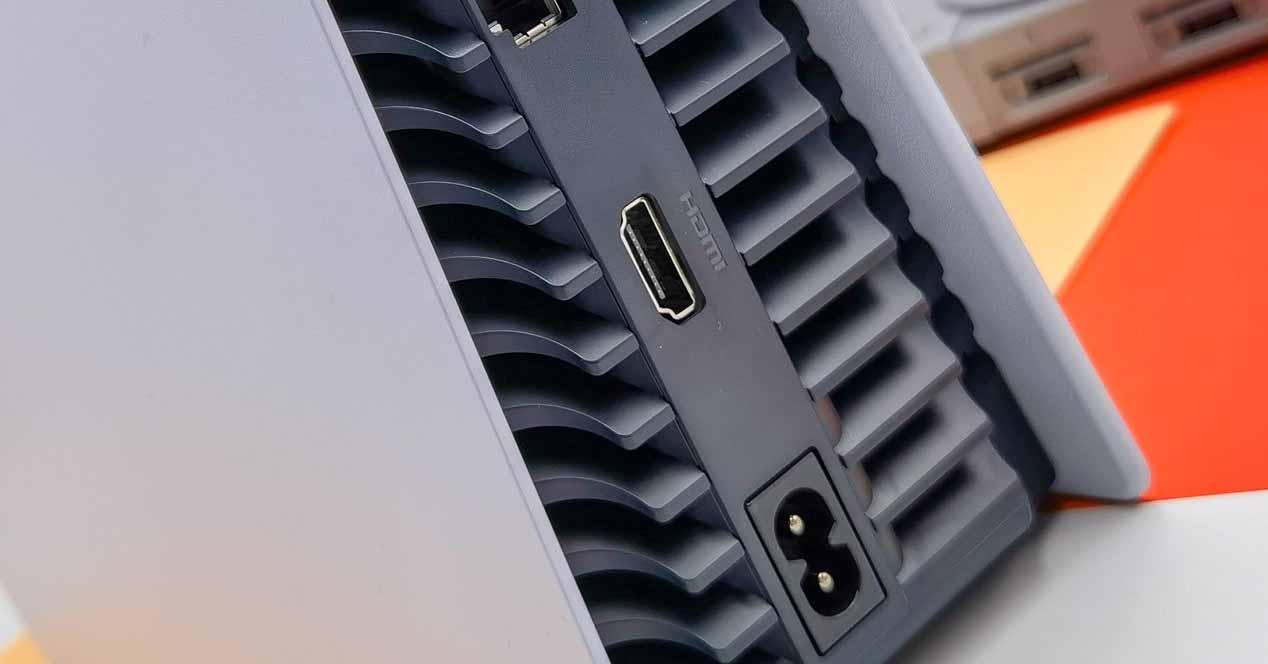The birth of version 1.0 of the HDMI interface took place in 2003, at the time of high definition televisions, 1280 x 720 pixels at the time, they could be counted on the fingers of the hands. In addition, the first high definition consoles such as Xbox 360 and PlayStation 3 were nothing more than a project and formats such as Blu-Ray appeared in rumors as news.
The first revisions of HDMI weren’t widely adopted by the market, after all Full HD panels didn’t exist yet and other video interfaces gave enough bandwidth to be able to reproduce at 720p and 60Hz, from where its adoption much later. And what produced it? Well, the appearance of Blu-Ray which was accompanied by the third generation SONY console which required an HDMI interface to be able to transmit data via HDCP.
The evolution of HDMI 1.0 to 1.2 was as follows:
- HDMI version 1.1 added DVD-Audio support, which made it possible to transmit audio to players from the interface and not have to rely on the white and red cables of the composite or component video.
- HDMI 1.2 wide version audio capability up to 8 channels. From this there was an upgraded version which was 1.2a and which added the so called CEC or Electronic Consumer Control. This allows volume and some picture options to be controlled from the same command button.
HDMI 1.3 to 1.4b, the evolution with DSC
By mid-2006, HDMI had yet to be widely adopted in consumer electronics, but the adoption of LCD screens had finally unified two worlds that had separated for decades – that of monitors. of PCs and televisions. From that moment until today the two will share much of the technology and it has become necessary to adopt higher resolutions and frequencies.
The first major change in the first major evolution of HDMI? An increase in bandwidth of 3.96 Gbits transfer rate per second at 8.96 Gbps. This allowed it to go up to a resolution of 2560 x 1440 pixels at a frequency of 144 Hz. Both were impossible on televisions at the time, but which were clearly in the needs of PC monitors.
The big news was the technology DSC compression, which is based on the HDMI output interface compresses the RGB information for each pixel. This even allowed it to reach resolutions of 2160 or 4K under certain conditions. The interface had an improved version in the form of 1.4b, which increased the bandwidth to 10.2 Gbits per second, allowing higher resolutions.
HDMI 2.0, 4K support
The move from Full HD to 4K was just as big in terms of picture quality as that of PAL or NTSC at HD resolutions, of course four times as many pixels require four times as much information to transmit. This is why, at the end of 2013, the consortium of companies that dictate HDMI standards and agree among themselves decided to create version 2.0 of the standard, which in its initial version reached the 18 Gbit / s
While its big news doesn’t just have to do with implementing higher bandwidth and resolutions, but things like the HDR support, up to version 2.0a, support for 7.1 audio with sample quality of 192 KHz per channel, wide screen support with aspect ratio 21: 9 and video and audio synchronization for internet video streaming, designed for platforms such as Netflix and HBO that were beginning to emerge around this time.
Version 2.0 also provided the implementation of improved HDCP, which is essential for playing Blu-Ray UHD movies, as well as some content transmitted over the Internet.
HDMI 2.1, the end of the road?
The latest HDMI standard is 2.1, which allows you to view video at 8K resolution, but only at 30 Hz, in any case its greatest asset is the increase in its bandwidth which has undergone an increase until 48 Gbit / s, being the most important increase in the evolution of HDMI and allowing it to support a large number of resolutions without compression ASN
It is in fact an improved version of the HDMI 2.0. Since the outside of the bandwidth does not provide additional news, but it was important enough to ensure its continuity for many years without minor improved versions appearing, which affected the evolution of HDMI 1.X, where monitors and video devices were quickly released. date.
So, at the moment, an improved version is not expected, since the HDMI 2.1 it fills the leftovers for many years. What happens if we connect two devices of different generation?
Nothing really, just that the video transfer will adapt to the bandwidth of the slower part. This allows all HDMI devices to be downstream compatible, although for example your Full HD console will not reproduce in 4K because it uses an interface with version 2.1 of the standard. This is due to the fact that in all versions the shape, distribution and functionality of the pins have always been the same.
So when you buy a cable, make sure it is certified for use in the version of the HDMI interface that you need. This means that for newer versions you will have to purchase new cables if the ones you had were for previous generations of the interface.
HDMI version supported by each generation
Finally, we leave this table to you, so that you can know which resolutions and refresh rates are supported by the different generations of the HDMI interface. With this, you will be able to observe its evolution during its two decades of life in figures and to know which resolutions supports a monitor according to the version of this video interface which has been implemented both on the graphics card of your PC and on the monitor. to which it is connected. .
Table of Contents












